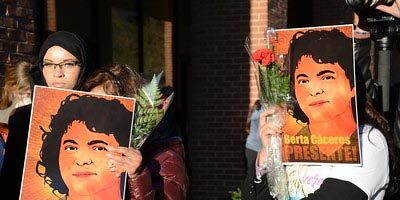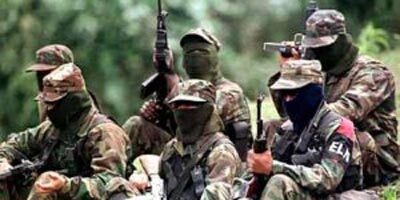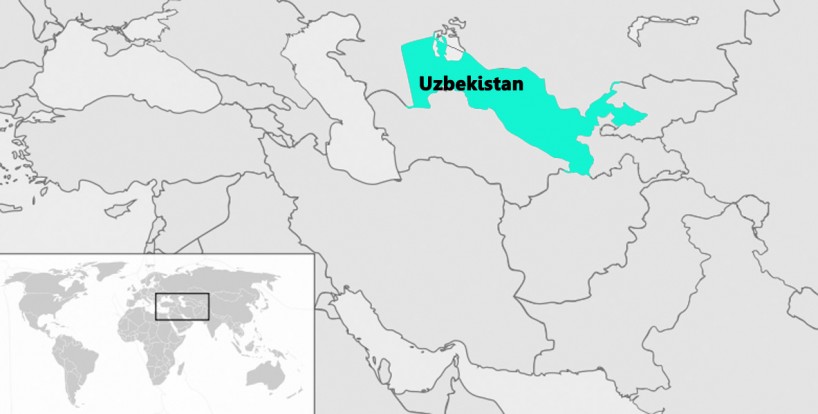
Bordered by Afghanistan to the south and Kazakhstan to the north, Uzbekistan is ranked by Freedom House as among the worst in terms of civil and political liberties in a region already known for its human rights abuses. A product of the post-Soviet break-up in 1991, Uzbekistan has struggled since its independence with religious factionalism, economic inequality and a repressive ruling regime.
“Thousands upon thousands waited in Andijan’s main square, waiting to talk to their president, their leader, and instead the military started shooting.” Bakhtiyor Nishanov, now a staff member of Freedom House, a human rights NGO based in Washington, no longer feels comfortable returning to Uzbekistan, concerned for his own security and that of his family. In fact, he is one of many human rights defenders from Uzbekistan whose work has forced him to leave the country.
In Andijan, the forth-largest city in the country, what began as a demonstration by some 10,000 people gathered to protest poverty and government corruption on May 13, 2005 quickly descended into violence. Armored military trucks, tanks and security-forces responded, shooting men, women and children alike.
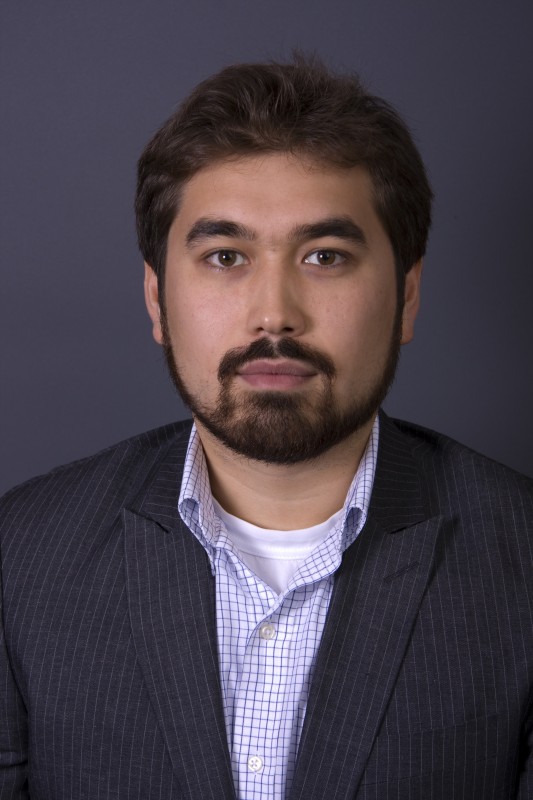
Bakhtiyor Nishanov now works with the NGO Freedom House in Washington, promoting awareness about human rights abuse across Central Asia.
Nishanov says he himself received only bits of ambiguous information the day of the shootings, as the Uzbek government shut down all telecommunications in and out of the city. Officials cited 187 civilian casualties in the aftermath, although eyewitness accounts, rumors of mass human graves in surrounding districts as well as bodies being shipped in armored millitary vans suggest that the number could be over 1000. The exact number isn’t known, since no investigation was done.
The Uzbek government described the violence as a security-force led intervention to halt an impending terrorist plot. Nishanov does not believe this.
“The bottom line is that the government shot at its own people. We can talk about motives, we can talk about what led to the violence, but this is what happened and there is no way to legitimise that.”
He says that the real tragedy lies in the fact that demonstrators had gathered with the expectation that the president had flown in to give a speech and respond to their grievances.
The main consequence of the violence that day may be on the country’s primary traditional and cultural institution, the mahalla. The mahalla is a centuries-old institution organized around Islamic rituals, designed to promote communal solidarity at the local level and provide an informal level of municipal government. The mahalla is both a cultural and practical necessity, as it can provide for greater access to healthcare, education and basic social services.
Since 1999, and more notably after the violence in Andijan, the mahallas have cooperated with law enforcement in the repression of individuals and families that the state deems suspect, Nishanov says. Indeed, he argues that that mahallas, once institutions that helped promote Islamic awareness and solidarity, now resemble the spy rings of the former KGB.
“We’re talking about a network of institutions watching everyone’s lives – they know everything about everyone.”
Because of the historical entrenchment of the mahalla in the everyday lives of Uzbeks, Nishanov says, people fail to acknowledge the downward spiral of the mahalla as a guardian of communal solidarity. “Culturally and traditionally, people do not view the mahalla as bad.”
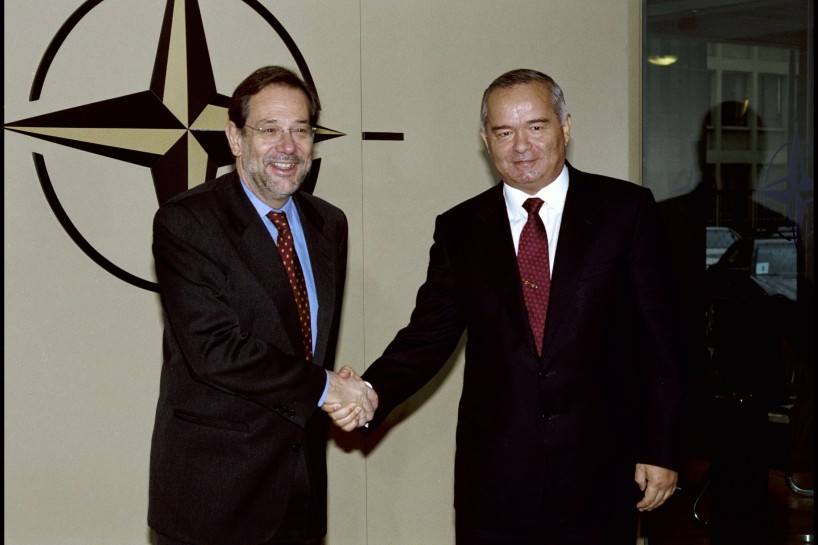
President Islam Karimov of Uzbekistan being welcomed at NATO. After September 11, 2001, Uzbekistan let U.S. forces use the Khanabad base for operations in Afghanistan. It later ordered them out when the U.S. criticised its actions at Andijon.
For many Uzbeks, it is not the legitimacy of the mahalla that they question, but the legitimacy of the central government. According to the Uzbek constitution, the president is limited to two seven-year terms, yet President Islam Karimov was reelected for a third term in December, 2007. He controls the executive and legislative branches of government, as well as all major media outlets, newspaper printing facilities and even the opposition political parties.
Despite all of this, Nishanov remains optimistic about the future of the country he grew up in. It is nevertheless a cautious optimism, as Uzbekistan continues to struggle as a result of the political situation and neglect of human rights.
“Uzbekistan is a country with huge potential; it has a young, well-educated population that is enthusiastic to work hard. But in many ways, the patience of people is starting to run out, just like it ran out in Andijan.”


